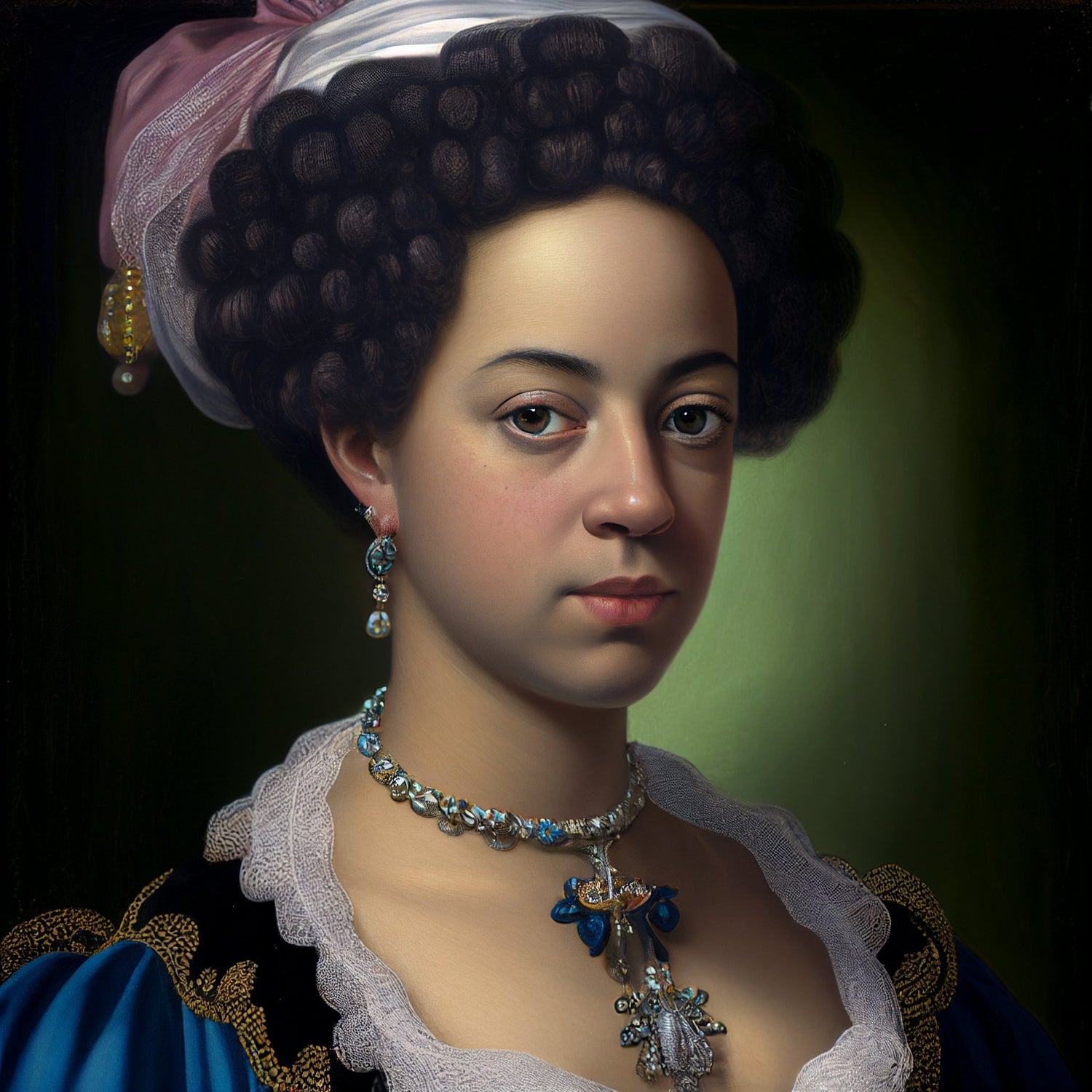Micaela Almonester, Baroness de Pontalba, was a prominent figure in 19th century New Orleans, known for her remarkable resilience in the face of adversity and her significant contributions to the city's architectural landscape. Born into a wealthy Creole family, Micaela faced numerous challenges throughout her life, including an abusive marriage and a near-fatal assassination attempt. Despite these hardships, she emerged as a formidable businesswoman and a driving force behind the development of New Orleans' iconic French Quarter. This essay will delve into the life story of Micaela Almonester, exploring her unique experiences and lasting impact on the city she called home.
Early Life and Marriage
Micaela Leonarda Antonia Almonester y Rojas was born on November 6, 1795, in New Orleans, Louisiana. She was the only child of Don Andrés Almonester y Rojas, a Spanish nobleman and philanthropist, and his wife, Louise Denys de La Ronde. Micaela's father played a vital role in the development of New Orleans, financing the construction of several key buildings, including the St. Louis Cathedral, the Presbytère, and the Cabildo.
In 1811, at the age of 15, Micaela was married to her cousin, Joseph-Xavier Célestin Delfau de Pontalba, a French aristocrat. The union was arranged to strengthen the family's social standing and consolidate their wealth. However, the marriage proved to be a turbulent one, marked by physical and emotional abuse from her husband and his family, particularly his domineering father, Baron de Pontalba.
A Turning Point: The Assassination Attempt
In 1834, in a harrowing event that would prove to be a turning point in Micaela's life, her father-in-law, the elder Baron de Pontalba, attempted to assassinate her. He shot her four times at point-blank range, leaving her severely injured but alive. Miraculously, Micaela survived the attack and, with a newfound determination, began to take control of her own destiny.
Following the assassination attempt, Micaela sought legal separation from her husband, a bold and unusual move for a woman of her time. The protracted legal battle that ensued was a high-profile affair, capturing the attention of the public and press. Eventually, in 1845, Micaela secured a legal separation and returned to New Orleans, where she took control of her inheritance and began to rebuild her life.
The Baroness' Architectural Legacy
Upon her return to New Orleans, Micaela set about revitalizing the city's architectural landscape, focusing on the properties she had inherited from her father. Her most significant project was the construction of the Pontalba Buildings, two grand, four-story structures that flank Jackson Square in the heart of the French Quarter.
Completed in 1851, the Pontalba Buildings were a remarkable achievement, featuring elegant cast-iron balconies and distinctive red-brick facades. The buildings not only provided much-needed housing for the city's growing population but also played a key role in transforming the French Quarter into the vibrant, bustling neighborhood it is today.
Micaela's impact on New Orleans was not limited to her architectural contributions; she also played an instrumental role in the development of the city's social and cultural scene. The Pontalba Buildings were a hub of activity, hosting elegant soirées, and becoming a meeting place for the city's elite.








Leave a comment
All comments are moderated before being published.
This site is protected by hCaptcha and the hCaptcha Privacy Policy and Terms of Service apply.